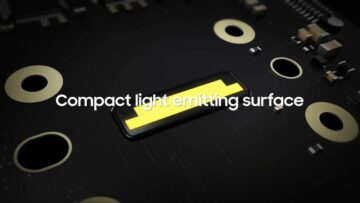“Is Samsung better than OnePlus?” This is a question that’s been cropping up every few months since OnePlus was founded nearly a decade ago, and if anything, it shows how valuable hype and brand power can be.
The reality of the situation is that OnePlus has been slowly but surely losing the qualities that made it unique in its early days. As time went by, OnePlus became more and more like the OEMs it used to challenge, yet the company is riding that initial hype wave that was created when the term ‘flagship killer’ took off thanks to OnePlus’ then-valiant marketing campaigns.
The story of OnePlus is certainly an interesting one. It’s the story of a small company that challenged rivals much bigger than it and punched above its weight. The company was founded nearly 10 years ago and the first smartphone it manufactured — the OnePlus One (seen below) — became the world’s first so-called ‘flagship killer.’ Samsung certainly didn’t have an answer to OnePlus back then, but let’s just say that’s no longer the case.
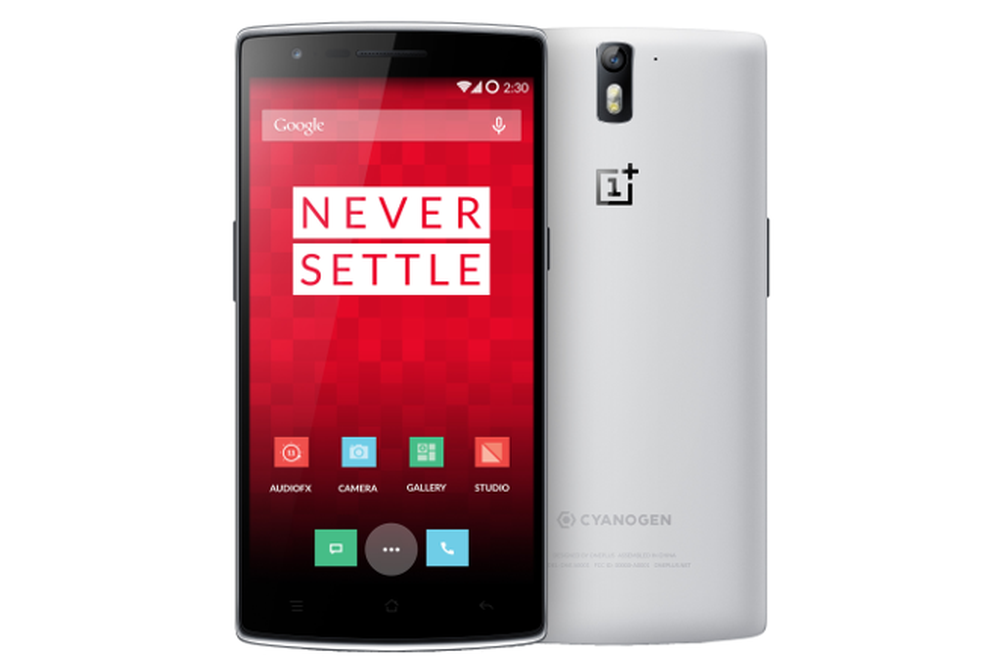
OnePlus and its first phone took the world by surprise. The One offered flagship-grade specs at mid-range prices and great software support, but more than anything, it gave customers a sense of satisfaction from being different. Needless to say, OnePlus masterfully marketed itself as the underdog who’s capable of challenging even the biggest players, and many customers wanted to be a part of that success story.
This approach gave OnePlus a strong brand identity early on, and it continues to this day, even if the company’s philosophies have changed in recent years.
So, is Samsung better than OnePlus in the new decade? Well, at the risk of sounding biased, we believe it is, but let us explain the reasons why we think Samsung is a superior OEM, and indeed, why customers who choose Samsung over OnePlus will most likely have a better user experience.
OnePlus is no longer the ‘flagship killer’ OEM you used to know
OnePlus may have seemed like it had the higher moral ground back when it released the OnePlus One at a killer price, but it turns out that the company’s business model wasn’t sustainable in the long run.
Over the years, OnePlus slowly became more like the run-of-the-mill Chinese OEMs. Its phones have gotten more expensive and less capable of challenging costlier devices on both the hardware and software fronts.
OnePlus’ design language is lagging behind the competition, and for example, the entire OnePlus 9 series uses displays with a round punch hole in the corner — a design element that Samsung has reserved for its low-cost Galaxy phones.

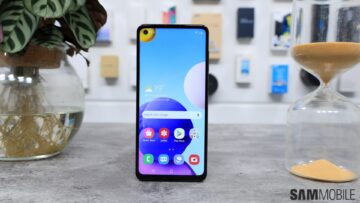
And with Samsung releasing fantastic new mid-range phones such as the Galaxy A52 5G, smartphone customers have even fewer reasons to look at OnePlus as if it’s the industry’s savior. Because in reality, OnePlus hasn’t been true to that self-proclaimed role in many years.
OnePlus has abandoned (near)stock Android OS
One of the biggest reasons why people used to love OnePlus phones was because the company had initially offered an almost-stock version of Android OS with a few extra customization options on top. In fact, it was one of the very few OEMs to do this, which meant that Android OS enthusiasts who didn’t want to own a Google / Nexus phone didn’t have too many other choices. OnePlus came in like a breath of fresh air in a sea of devices crippled by bloatware and custom UIs — like Samsung’s own, now-abandoned TouchWiz.
Fast forward to the present day and OnePlus is far from that original vision it held years ago. OnePlus phones no longer run Android-based CyanogenOS, but instead, the company has taken the example of other OEMs and has developed its own Android skin called OxygenOS. Is it original? Far from it. In fact, the version released in 2020 looks like it was heavily inspired by Samsung’s One UI.
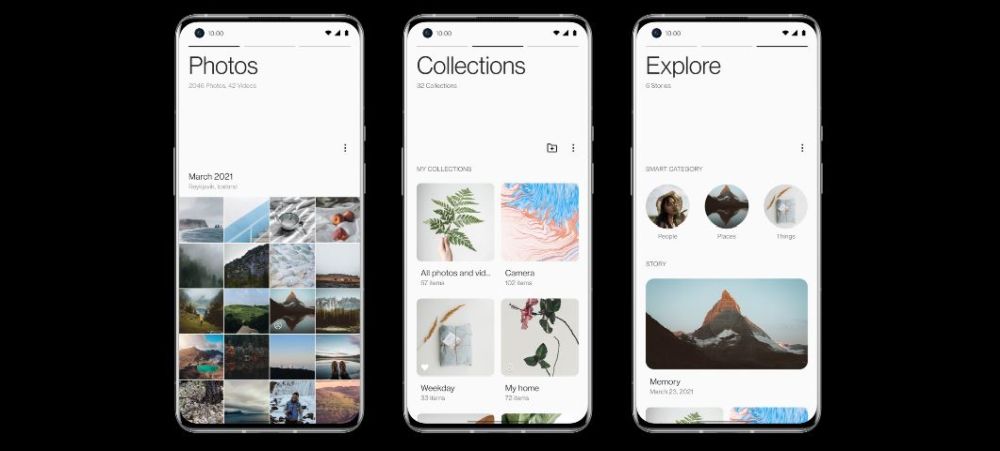
This approach doesn’t inspire a lot of confidence, and at the end of the day, anyone who likes OnePlus’ software design direction would probably appreciate Samsung’s One UI even more.
OnePlus doesn’t offer the same level of software support as it used to
Aside from abandoning the idea of stock Android OS, OnePlus has also stopped offering the best firmware support around.
The company used to take pride in its timely firmware releases and great support. Buying a OnePlus smartphone used to mean that customers would receive more major Android OS updates before support for their phones would be abandoned.
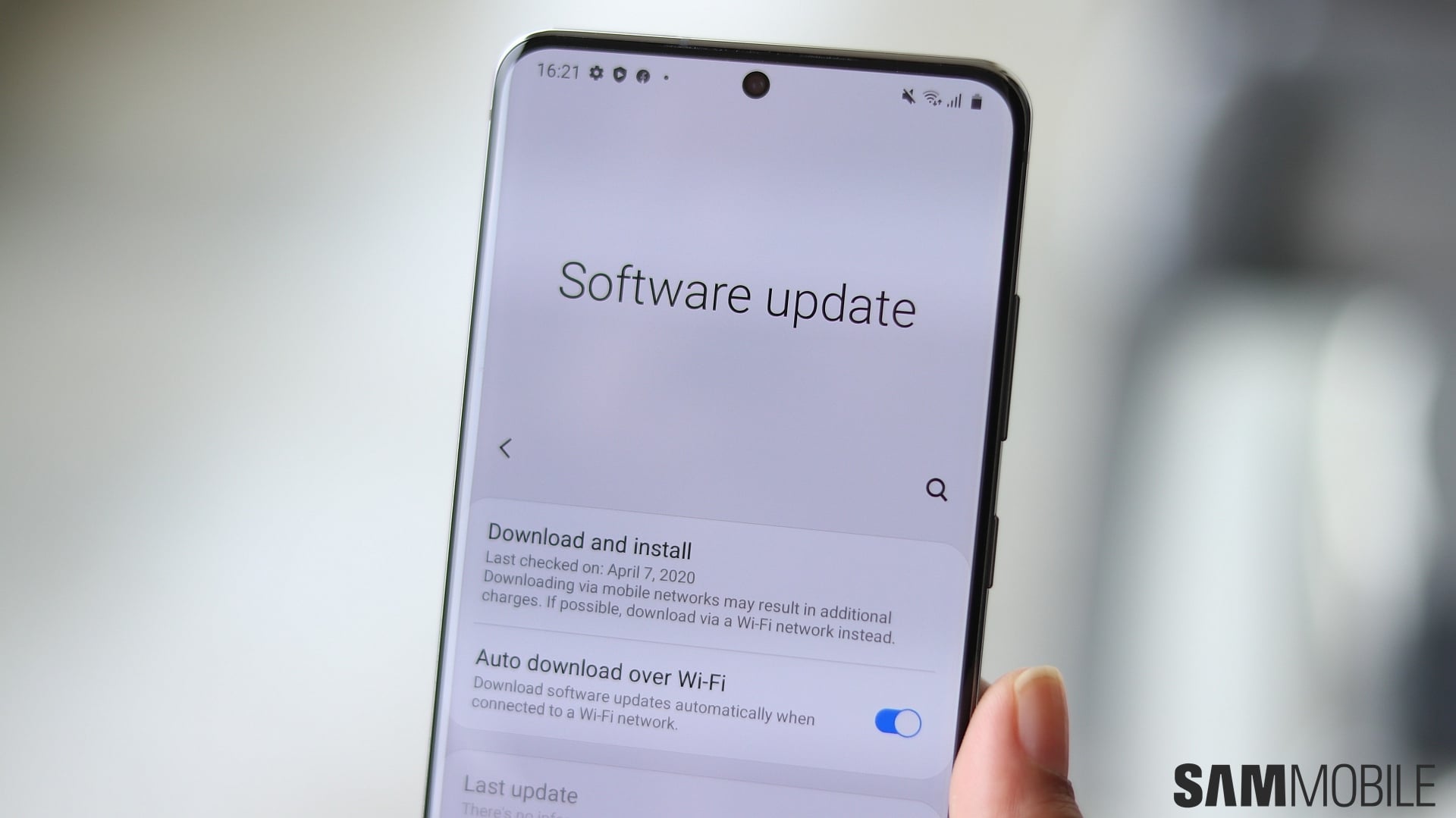
OnePlus has since changed its software update policy, and some of its recent cost-effective Nord phones won’t even enjoy a second major Android OS update.
In contrast, Samsung offers four years of security updates and three major Android OS updates to select Galaxy devices. Not to mention the fact that Samsung has been on top of the monthly security update schedule for a very long time.
The OnePlus ecosystem is almost non-existent
Buying a Samsung smartphone opens up a whole ecosystem of services and hardware products, and this is something OnePlus simply cannot match.
Samsung is a giant corporation that affords spending billions of dollars on research & development every year. Of course, these resources are not allocated solely for the mobile market, but this means that Samsung has a very rich product portfolio and an entire network of IoT devices capable of communicating with one another.
OnePlus has dabbled in the manufacturing of wearable devices with the release of the OnePlus Watch and the OnePlus Buds. If these names sound familiar, it’s because the company has obviously borrowed the ‘Watch’ and ‘Buds’ monikers from Samsung.
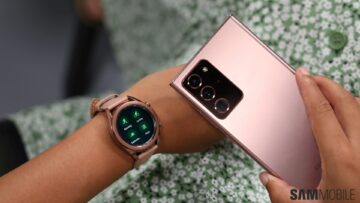
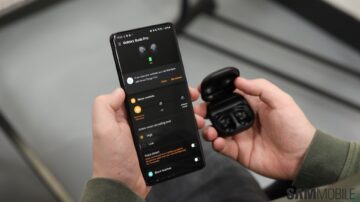
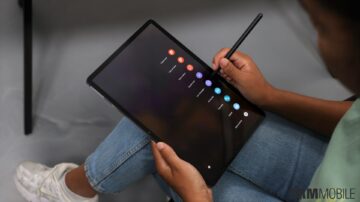
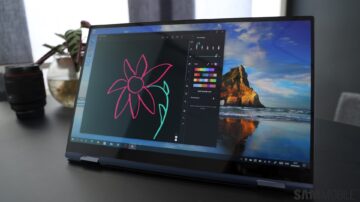
But copying these names doesn’t mean that OnePlus has also copied Samsung’s rich device ecosystem. It probably never will, so any prospective smartphone buyer who’s looking to tap into a richer device ecosystem will be much better off by picking the blue side.
And if you’re using Windows 10 computers, the Galaxy brand is without a doubt the better choice. Samsung and Microsoft are collaborating on bringing cross-functionality in various areas. The Korean tech giant has recently released the SmartThings Windows 10 app that lets customers control other Samsung smart devices through their personal computers.
Samsung also manages its own mobile payment system — Samsung Pay — and it offers plenty of devices and services for fitness enthusiasts.
OnePlus cannot match Samsung’s wide retail network
There are other perks to signing up with a big OEM such as Samsung. The Korean tech giant’s retail network dwarfs OnePlus’, which means Samsung customers will almost always have more retailers to choose from, better customer support, as well as better and more services.
Samsung and retail partners alike are constantly offering new deals on Galaxy products, and Samsung is probably offering the best trade-in deals in the Android world, at least in regions where the service is available.
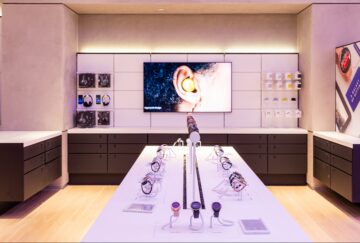
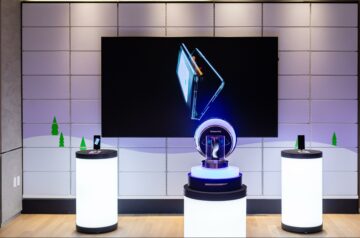

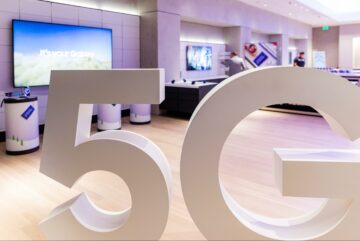
And if you’re a fan of buying new products from official brick & mortar stores, well, Samsung is the only way to go, as its Experience Stores are almost ubiquitous. OnePlus, on the other hand, has remained an online-only retailer.
Is Samsung better than OnePlus? The conclusion
Although OnePlus may have seemed like a threat to Samsung and other OEMs more than half a decade ago, neither Samsung nor OnePlus have remained the same. But while Samsung has seemingly learned from OnePlus in areas that truly matter, the smaller company appears to have lost its ambitions to lead. It’s become content to follow bigger OEMs, and Samsung is one of its sources of inspiration.
Compared to OnePlus, Samsung offers a richer product portfolio and a fairly expansive IoT / device ecosystem. It has come to excel in software support, and its retail network is unbeatable. Constant discounts and trade-in deals means there’s always a chance to upgrade to a newer device without breaking the bank, and although it may be subjective, One UI has become superior to OxygenOS. The Chinese OEM has quietly admitted this when it began copying Samsung’s UI.
The post Is Samsung better than OnePlus in the new decade? appeared first on SamMobile.
from SamMobile https://ift.tt/2RLDrnt
via
IFTTT
















